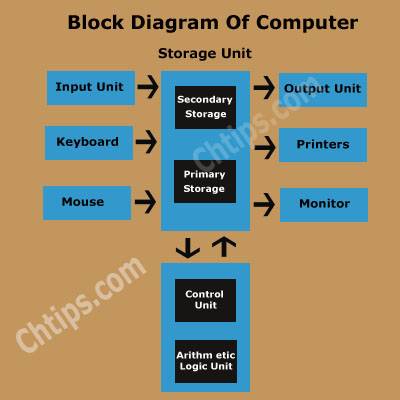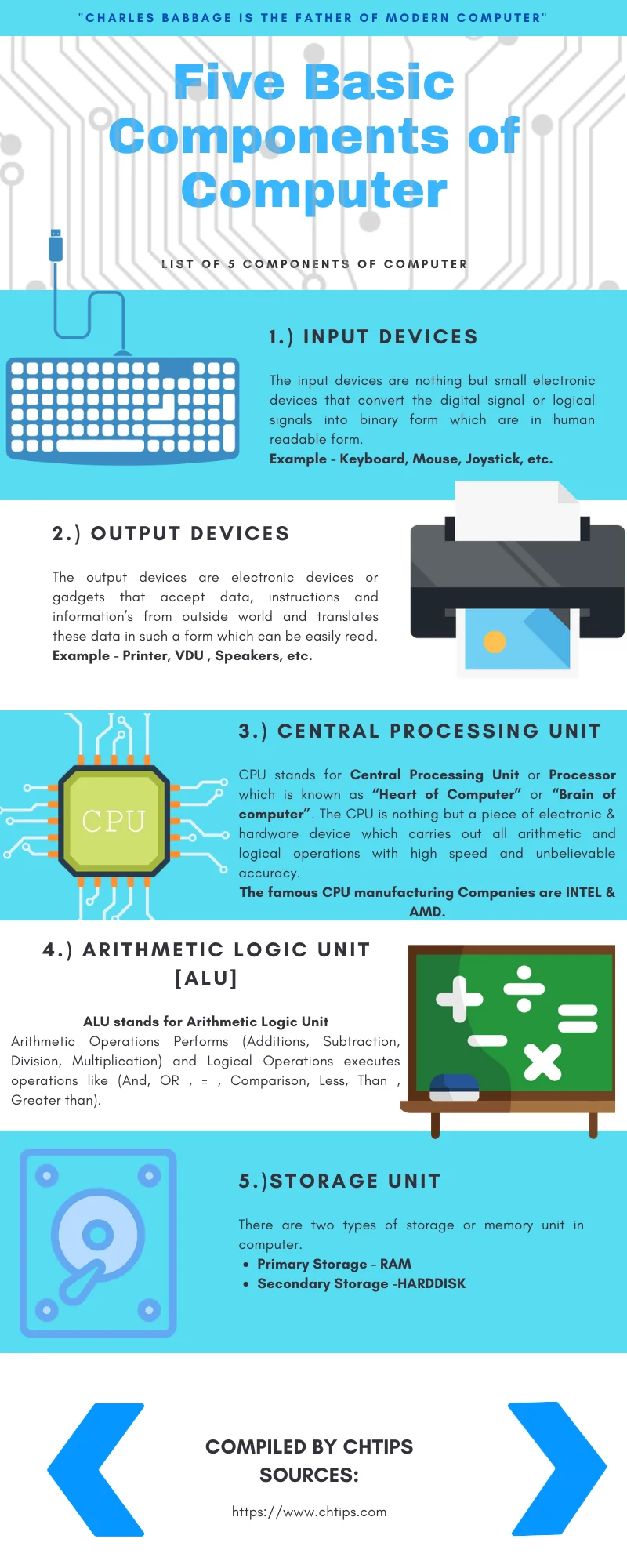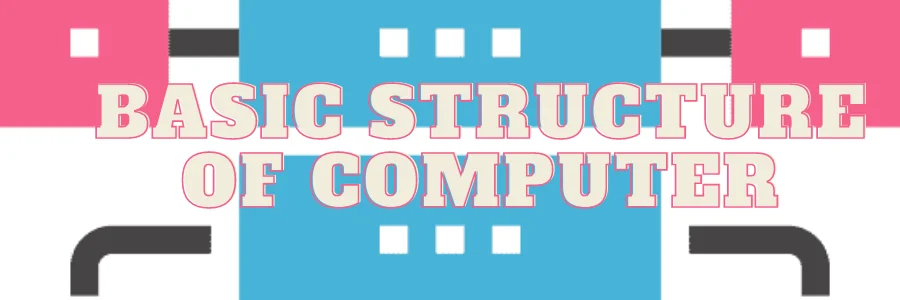In this article, we are going to discuss the basic structure of computers in computer organization with its operating and architecture.
But before digging into the topic further we should be aware of the computer and its basic structure.
The computer is nothing but an electronic device that accepts data and information in binary form and later this information is processed in a manner to produce human-readable output.
Modern-day computers are used to store huge amounts of data and information almost permanently.
This data or information can be retrieved and processed on request and demand for further modification and implementations.
The processing speed of the computer is incredible these days thanks a lot to the CPU which in common terms is called Central Processing Unit.
Which can carry out Billions of instructions per second. Not only with this unbelievable speed computer carries out operations with incredible accuracy and almost unmetered speed.
The first computer was developed by Charles Babbage who is considered the Father of Computer.
He was a genius of his time and a great philosopher. 1822: English mathematician and scientist Charles Babbage invented the machine named ”Differential Engine” Later Babbage also additionally invented the machine an Automatic computing mechanism and named it “Analytical Engine”.
Related Articles
- Learn Brief History of Computer
- What are Input Devices of Computer
- Different Types of Computer
- Output Devices of Computer
- Advantages and Disadvantages of Mobile Phones
- Importance of Teachers in Students Life
- 5 Components of Data Communications Network
The computer is incredibly popular these days due to its characteristics which are being more progressive and easy for personal and commercial use.

Some of the common characteristics of modern-day computers are
- Speed
- Accuracy
- Memory
- Diligence
- Versatility
- Reliability
The basic structure of the computer depends hugely on some of the aspects which are mentioned below
- Input Devices
- Output Devices
- Central Processing Unit
- ALU [Arithmetic Logic Unit]
- CU [Control Unit]
Below we have briefly discussed each and every topic.

Input Devices of Computer System
- The input devices of the computer are used to enter raw data or information into the system which further processes the data to obtain the desired output.
- The input devices like the keyboard are used to enter data in a form of a binary system i.e. 0‘s and 1s.
- The input devices act as a bridge between the user and the computer system
- The input devices present data to a computer system in a precise manner so that further processing is hassle-free and the user can receive output in a readable form.
- The common examples of input devices are a Keyboard, mouse, joystick, etc.
Output Devices of Computer System
The output devices of a computer are electronic devices that are used to obtain the output.
This output converts data into a human-readable form before presenting it to the user for better understanding.
There are 2 types of output
- Softcopy
- Hardcopy
When you cannot touch or feel the output received from other sources it can be called a softcopy. Email or output on the computer screen falls in the category of softcopy.
Hardcopy is received by the proper output on papers, T-shirts, etc. which can be touched and felt. The common examples of output devices are Printers, VDU [Video Display Unit].
The output devices convert binary data into human-readable form. They act as the intermediate between the user and the computer.
You May Also Like Reading
- What is a Computer Virus
- What is Computer Hardware and Software
- What is a Computer Memory
- 10 Uses of Computer in Different Fields
- What is Super Computer and its Uses
- 10 Limitations of Computer System
- What are the Hard Copy Output Devices
- Is Barcode Reader an Input or Output Device
- What is Buffered Memory and Their Differences
- Computer Basic Tutorials
Central Processing Unit
The CPU [Central Processing Unit] is called the heart of the computer they are also called “Processor”.
The CPU plays an important role in carrying out arithmetical and logical calculations with great accuracy and incredible speed.
The central processing unit is further divided into the Arithmetic logic unit, Control Unit, and Logical Unit, and hence any operation when given to the computer system the processor has to figure out which type of operation is and who can perform this given task to derive accurate output.
The central processing acts as the boss in complete computer architecture.
If the task which is given to the CPU falls in the category of calculations the CPU handovers the job to the Arithmetic logic unit and if the task is of logic it transfers the same operation to the logical unit of a computer.
The famous manufacturer of CPU is INTEL, AMD, CYRUS and IBM.
Arithmetic Logic Unit [ALU]
Arithmetic and logic unit [ALU] can perform operations like [addition, subtraction, multiplication, and division] whereas logical operations performs task like (or, = ,< , > etc.) Control Unit
The CU represents Control Unit. The Control Unit controls all the activities and undertakings acted in the PC system.
The control unit is mindful to execute all tasks specifically and consecutive requests.
The CU figures out which activity is to perform before another undertaking or activity.
The Control Unit gets guidelines from the memory and it changes over them into control flags later these signs are moved to the CPU for additional handling.
Final Words
If you enjoyed reading the article on the Basic structure of computers please like and share our article with friends and colleagues.
Also if you find any corrections feel to contact me. I would be more than happy to update the article as suggestions and guidance are always welcome.
Thanks for reading.
